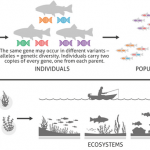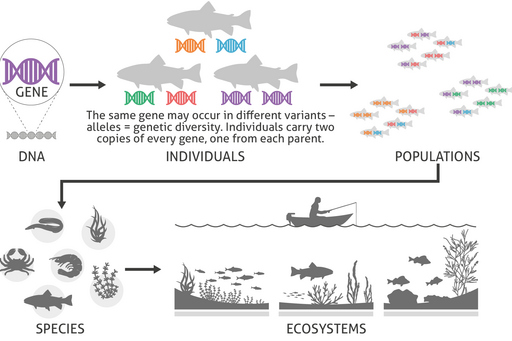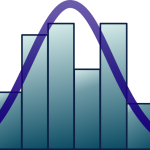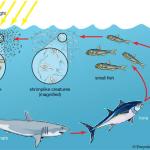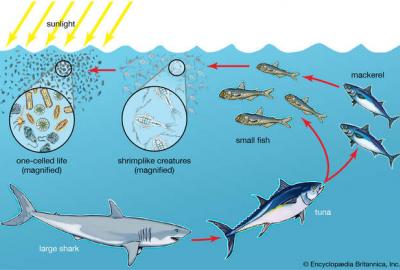Spatial distribution of genetic biodiversity
Course Contents
- Theory: Population genetic structure and gene flow. Population differentiation, F analysis. Indicators of population mixture. Wahlund effect. Distribution of genetic variation within a species and its determining factors. Populations and stocks. Molecular applications to the management of exploited populations. Identification of biological and management units. Estimates of effective population size through genetic variation. Inference of bottlenecks. Genetic signatures and examples of marine metapopulations.
- Practical work: Research-based of a case study comprising field, laboratory, analytical work using modern software. Critical analysis of a relevant quality publication; analysis of a real dataset with state of the art software.
Final Competencies
- Students should be acquainted with state of the art methodologies currently applied in the analysis of spatial structure of marine populations.
- They should also be able to design complete protocols for analysis of genetic biodiversity, population and stock structure.
Further course information can be found here: https://studiekiezer.ugent.be/2026/studiefiche/en/C004240

